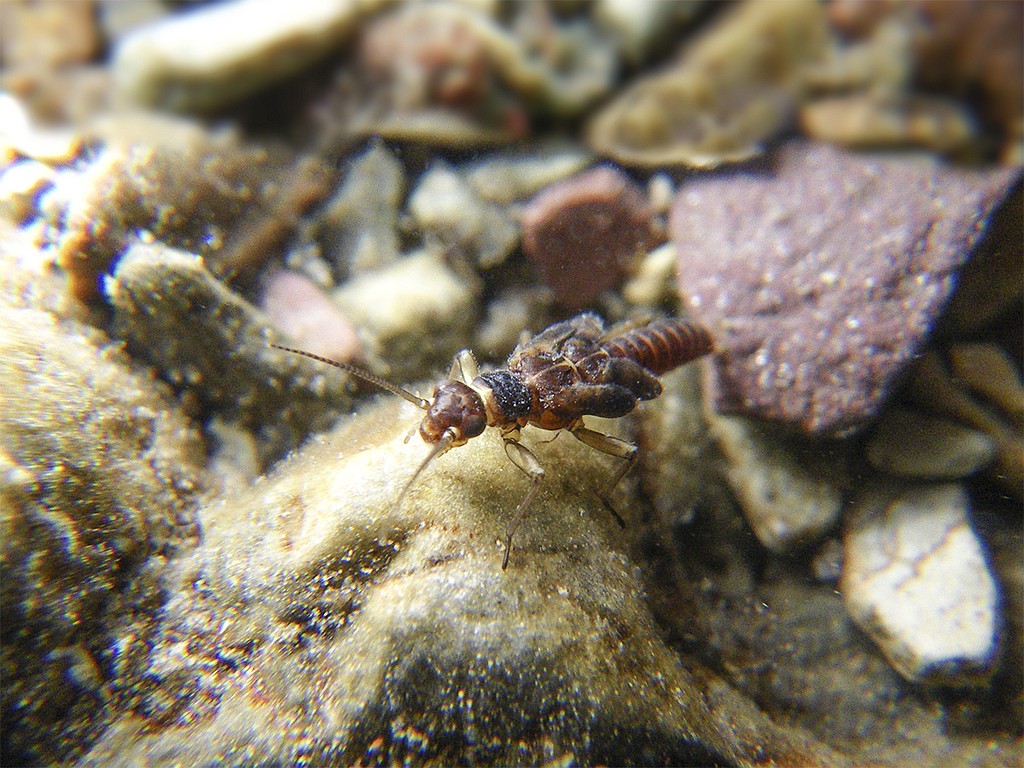Study: Rare aquatic species can adapt to glacier melt
When looking at side-by-side photos of Sperry Glacier in 1949 and more recently in 2015 — two images used as supporting documents in a recently completed study — even those who may not consider themselves science-savvy can recognize the stark difference between the pictures.
A significant portion of the glacier has melted away, exposing large swaths of earth that had previously spent centuries beneath ice...
Support Local News
You have read all of your free articles this month. Select a plan below to start your subscription today.
Already a subscriber? Login
Daily Inter Lake - everything
Print delivery, e-edition and unlimited website access
- $26.24 per month
Daily Inter Lake - unlimited website access
- $9.95 per month


